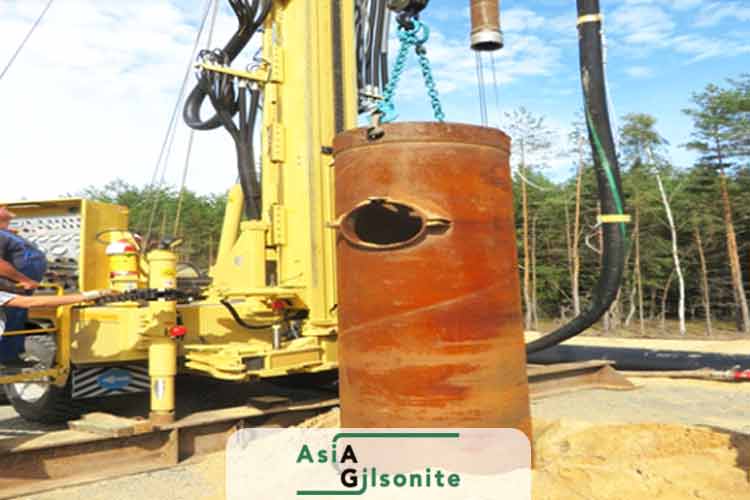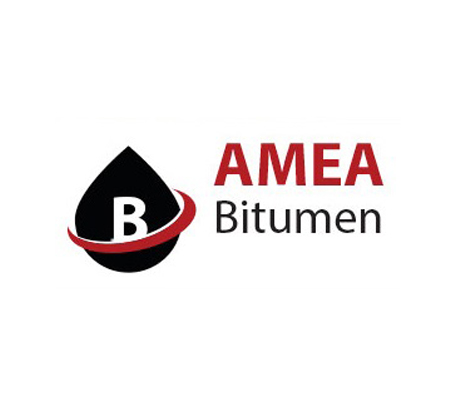Drilling is an essential technique used for many different applications, from creating holes in solid surfaces for construction to oil exploration and metalworking. Throughout the decades, the process has evolved and today there are several methods used to practice it. Notably, the two most common types of drilling methods are Percussive Drilling and Rotary Drilling. To learn more about both of these methods read this article.
What Percussive Drilling Is
Percussion drilling is an age-old method used in surface exploration. It takes an immense amount of strength and drilling fluid to operate the managing instrument, which typically consists of a robust hammering machine, coupled with a cutting bit connected to a long rope. This rope is repeatedly raised and lowered, enabling the bit to steadily remove matter from the surface.
To guarantee the hole does not collapse during this process, a provisional metal case is utilized. Upon placing the permanent well casing and screen, the provisional metal case is removed, thereby permitting a deeper reach of the borehole. In a nutshell, Percussive drilling is a practical, yet laborious, method of drilling that requires several people to cooperate in raising and lowering the bit by pulling the rope in unison.
Types of Percussive Drilling
Percussive drilling is one of the most common types of drilling methods used in the mining, oil and gas, and construction industries today. It requires a great deal of precision and accuracy when operating the machinery. Here are five different types of Percussive drilling that are used today:
Top Hammer Drilling
Using a hammer situated above the drill bit, top hammer drilling is a powerful method of Percussive drilling, often used for creating shafts and tunnels in industries such as mining.
Down-the-hole Drilling (DTH)
In down-the-hole drilling, the hammer is located at the bottom of the drill string, which allows for drilling much deeper and with greater accuracy.
Rotary-percussion Drilling
Combining both rotary and hammering techniques, this type of drilling is used mainly for geothermal and oil and gas drilling.
Pneumatic Drilling
Using compressed air to power the hammer, pneumatic drilling is used widely in the construction industry.
Hydraulic Drilling
Using pressurized water to drive the drill bit, hydraulic drilling is useful for many applications, from mining to quarrying and civil engineering.
Applications of Percussive Drilling
Percussive drilling, one of the most common types of drilling methods, has become a standard method used in various construction projects such as building foundations, bridge building, tunneling, and road construction, as well as, mining operations, geotechnical exploration, water well drilling.
It is suitable for breaking through hard materials like concrete, asphalt, and rock for purposes of exploration drilling, rock blasting, installation of explosives, and collecting soil and rock samples for analysis.
Percussive drilling techniques such as DTH drilling are widely used as a reliable means of penetrating hard substances in search of underground water sources, providing an effective measure to assess the stability of land for construction projects and determining the characteristics of subsurface regions.
What is Rotary Drilling
Rotary drilling is a commonly employed drilling technique, utilized in mining, oil and gas exploration, construction, and geothermal energy. It works by rotating a drill bit, positioning it with downward force on the surface to be drilled. Subsequent progression of Rotary drilling, which is another most common type of drilling method, involves a three-phase process of drilling, circulating, and cleaning the drilling fluid.
This measure is carried out to evacuate cuttings and ensure their stability. The fluid additionally has a cooling purpose on the drill bit. As a result, the Rotary drilling procedure is met with great output, reaching various depths, widths, and compression.
Types of Rotary Drilling
Some types of Rotary drilling are as follows:
Auger Drilling
This drilling technique utilizes a helical screw blade to create holes in the ground and oftentimes is used for projects involving soil and soft rock.
Cable Tool Drilling
Taking a chisel-like bit, this method requires a cable to raise and drop it, repeatedly breaking and dislodging the rock formations in the process.
Sonic Drilling
A more complex procedure, sonic drilling uses both high-frequency vibrations and a circular motion to successfully penetrate through the hard rock and complex geologies.
Air Core Drilling
This method relies on compressed air to force a combination of crushed rock and air to the surface; a common technique for extracting rock samples for analysis.
Diamond Drilling
Precision is key with this method, as a diamond-impregnated bit is used to cut through the surface of the rocky formations. Geotechnical surveys and mineral exploration are the usual applications for diamond drilling.
Reverse Circulation Drilling
With a dual tube system, a reverse circulation drilling technique involves the inner tube bringing the rock cuttings to the surface, while the outer tube returns air or water to the desired location. A great fit for mineral exploration and geotechnical surveys.
Applications of Rotary Drilling
Rotary drilling is a well-known technique for mining oil and gas, extracting minerals and ores, and providing water for residential, industrial, and agricultural needs, as well as for geotechnical investigations and blasting.
Renowned for its ability to drill through the toughest rock formations and achieve desired results, it is the go-to approach for all exploration and production endeavors. Furthermore, its efficacy in gathering crucial information for the development of infrastructures is without question. With its unmatched proficiency and time-tested method, rotary drilling proves to be the perfect choice for a variety of needs.
Maintenance of Rotary and Percussive Drilling Equipment
To keep the equipment of Rotary and Percussive drilling working efficiently every time they’re used, it’s recommended to follow some maintenance tips:
Regular Inspections
Routine overseeing of drill bits, drill pipes, and other equipment components is essential to ascertain any signs of fatigue, damage, or wear. Prompt replacements of worn-out parts are imperative.
Lubrication
Ensure optimal lubrication of bearings, gearbox, and seals to avoid friction and potential abrasion.
Fluid Maintenance
To guarantee efficacy in drilling, clean and filter the drilling slur regularly and continuously monitor its features.
Replacing Worn Parts
Regularly assess drill bits, hammers, and other components to pinpoint any deformity or extreme wear and tear. Substitute any damaged or used-out parts quickly for supreme drilling efficiency.
Cleaning
Maintaining the drilling equipment neat is necessary to prevent dust or dirt from infiltrating the mechanisms and causing deterioration. Clean up the machine after each usage, eliminating accumulated grime, dust, debris, and other drilling fluids.
Conclusion
To sum up, when it comes to drilling, Percussive, and Rotary drilling are the two primary techniques employed. As technology continues to evolve, newer methods of drilling are being created while these two remain the most common types of drilling methods when it comes to fulfilling varied drilling needs. Irrespective of the task, Percussive and Rotary drills are reliable and effective methods to get the job done.





